The Ultimate Motorcycle Playlist: What’s the Perfect Soundtrack for the Road?
Creating the perfect motorcycle music playlist involves more than random song choices. It requires a blend of rhythm, tempo, and lyrics to match the essence of the road. Think about the thrills of the journey and the landscapes you’ll pass. The perfect soundtrack complements the roar of the engine and the feeling of freedom. Here are key factors to consider for the ultimate road-worthy playlist:
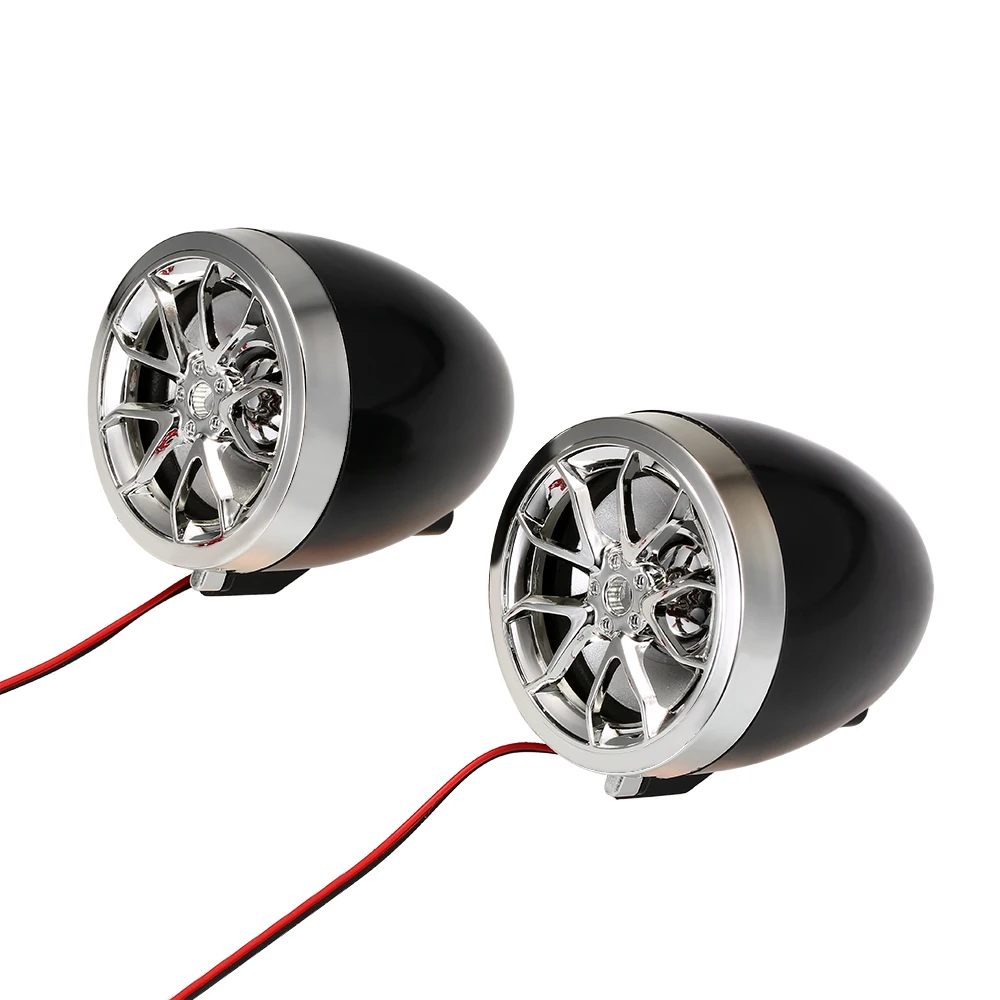
- Rhythm and Tempo: Choose tracks that match the rhythm of your ride. Upbeat and energetic songs keep you alert during long stretches. Slower, soulful tunes are ideal for cruising at dusk.
- Genre Variety: Mix different music genres. Combine classic rock, country, and electronic to keep the playlist fresh and interesting.
- Lyrics That Resonate: Pick songs with lyrics that speak to the biker spirit. Look for tunes about hitting the road, freedom, and adventure.
- Memorable Classics: Include timeless songs that every biker connects with. These tracks often become anthems and enhance the riding experience.
- Personal Favorites: Your playlist should reflect your musical taste. Add songs that have a special meaning or that you can’t help but sing along to.
- Mood Setting: Consider the mood of your journey. Chill tunes fit a relaxed ride, while hard-hitting beats match an adrenaline-fueled adventure.
- Duration: Ensure your playlist lasts for the duration of your journey. You don’t want to be left in silence halfway through your ride.
Crafting the ultimate motorcycle playlist is an art that enriches your time on the road, making every journey a memorable soundtrack of its own. Each song should rev the heart just as much as the engine, setting the stage for an unforgettable ride.
Crafting the Ideal Playlist for Different Types of Rides
Where you ride plays a huge role in the music you’ll want to hear. Let’s explore tunes that sync well with different types of motorcycle journeys.
City Cruising Tunes
City rides call for music that reflects the urban vibe. Seek out tracks that have a steady beat to match the stop-and-go rhythm of city traffic. Funk and hip-hop genres work well here, offering groovy basslines that can make red lights more bearable. When crafting this playlist, opt for songs that keep you engaged but not so intense that they distract.
Highway Riding Anthems
When you hit the highway, it’s all about those epic soundtracks that make you feel like you’re in a movie. Rock anthems with powerful guitar solos and driving beats are perfect for long, straight stretches. Classic songs like ‘Born to be Wild’ or ‘Highway to Hell’ capture the essence of freedom. Your highway riding playlist should contain music that makes the miles fly by.
Off-Road Adventures Soundtracks
Taking your motorcycle off the beaten path? You’ll need a playlist that’s as wild and unpredictable as the terrain you’re conquering. Mix in some heavy metal or hard rock to pump you up for the challenges ahead. Look for dynamic and intense tracks that can keep your adrenaline high and complement the natural ruggedness of off-road trails.
Genre-Specific Motorcycle Playlists
Matching your tunes to your style of riding can elevate the experience phenomenally. With genre-specific playlists, you align the rhythms of your music with the pulse of your journey. Whether you’re a die-hard rock enthusiast or a country road wanderer, there’s a playlist that speaks to your biker soul. Let’s dive into some genre specifics:
Rock ‘n’ Roll Rhythms for Rebels
If you feel that surge of rebellion when you rev the engine, rock ‘n’ roll is your go-to. Pick tracks with hard-hitting beats and guitar riffs that fuel the rebel in you. Think ‘Back in Black’ by AC/DC or ‘Kickstart My Heart’ by M?tley Crüe. These tunes pack the punch needed for tearing up the asphalt.
Country Roads and Country Beats
Country music and open roads are a match made in heaven. The storytelling nature of country songs adds depth to your ride. Choose melodies that carry you through winding roads and scenic views. ‘On the Road Again’ by Willie Nelson or ‘Take Me Home, Country Roads’ by John Denver can complement those long stretches through rural landscapes.
Electronic Beats for Futuristic Riders
For the rider who loves the fusion of modern tech and high speeds, electronic music fits perfectly. Synthesizer-driven tracks from artists like Daft Punk or Deadmau5 can resonate with the feeling of a futuristic ride. Electronic beats blend well with nighttime cityscapes or cruising down a neon-lit strip.
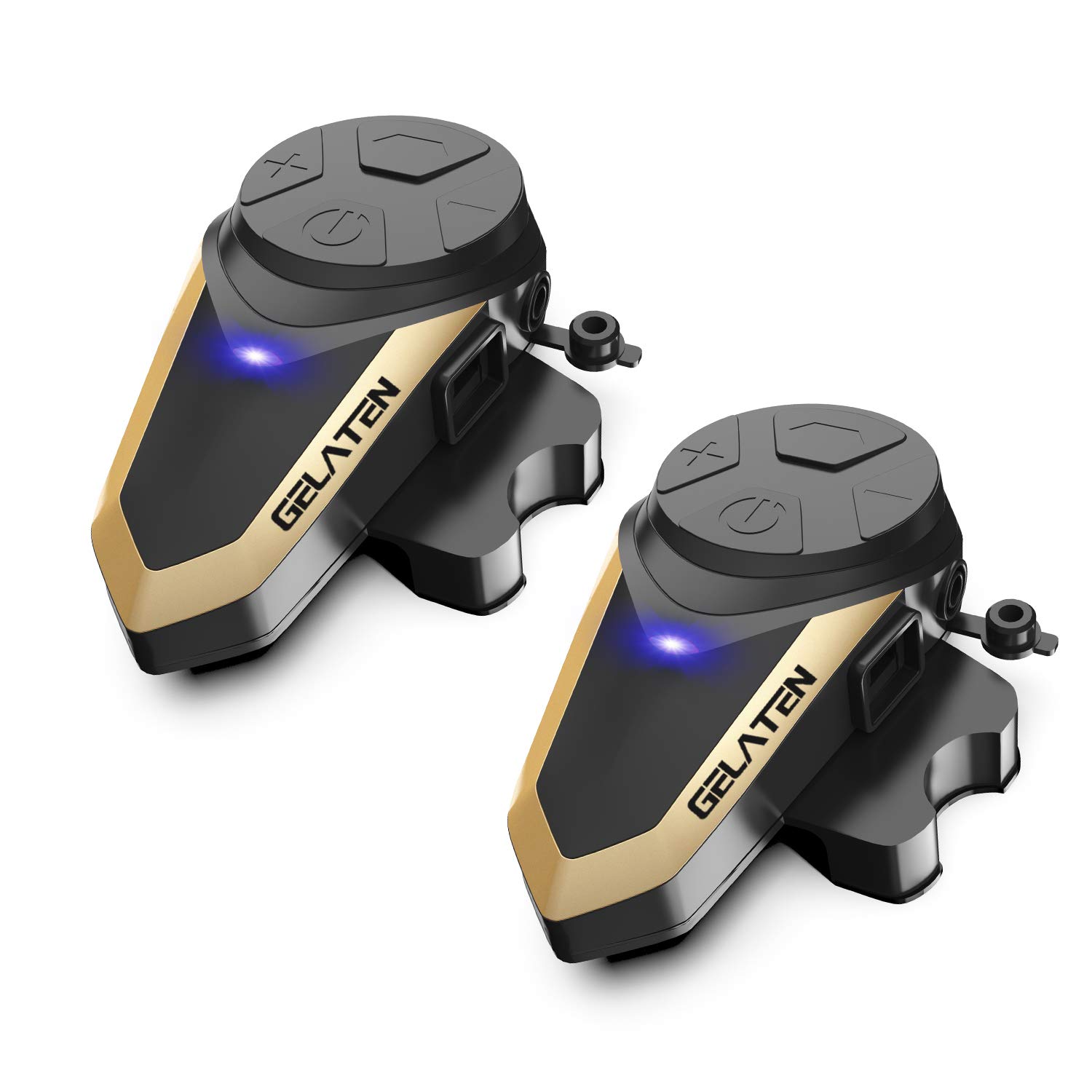 Classic Songs Every Biker Should Have on Their Playlist
Classic Songs Every Biker Should Have on Their Playlist
Every biker needs a core set of classic songs on their playlist. These timeless hits have defined the motorcycle music culture. They strike a chord with the freedom and excitement associated with riding. Below are must-have tracks that pay homage to the spirit of the open road.
- ‘Born to Be Wild’ by Steppenwolf – This anthem is the epitome of motorcycle freedom. Its powerful lyrics and driving rhythm make it a staple for any ride.
- ‘Highway to Hell’ by AC/DC – For a dose of high-octane energy, this song is an unbeatable choice. Its relentless tempo keeps you pumped up on the longest rides.
- ‘Wanted Dead or Alive’ by Bon Jovi – With its iconic opening riff, this track captures the essence of the life on the road.
- ‘Free Bird’ by Lynyrd Skynyrd – This classic tune, with its epic guitar solo, allows riders to lose themselves in the journey.
- ‘Take Me Home, Country Roads’ by John Denver – This serene melody is perfect for winding down on country backroads.
- ‘Radar Love’ by Golden Earring – A song that hits the sweet spot for night rides, its beat syncs well with the rhythm of the road.
- ‘Riders on the Storm’ by The Doors – For a more introspective ride, this track adds a layer of depth and mystery to your journey.
- ‘Born to Run’ by Bruce Springsteen – This energetic song is about chasing dreams and the call of the road, resonating with every biker’s wanderlust.
Injecting these classic tracks into your motorcycle music playlist will enrich your riding experience. They provide the perfect backdrop for those who live to ride and ride to live.
How to Create and Manage Your Motorcycle Playlist
Crafting your motorcycle music playlist is an exciting task. It reflects your personal taste and enhances your riding experience. With so many songs to choose from, organization is key. Make your playlist management seamless with these tips.
Using Music Streaming Services for Endless Options
Gone are the days of mixed CDs and limited playlists. Music streaming services offer endless options for motorcycle music. Services like Spotify, Apple Music, or Pandora give you access to millions of songs. You can find curated motorcycle playlists or create your own. They also suggest new tracks based on your listening habits. Look for features that allow you to download songs. You can listen offline when you’re cruising areas with no internet.
Tips for Organizing Your Songs for Easy Access
An organized playlist can make all the difference. Here are some quick tips:
- Categorize by Ride Type: Have different playlists for city cruising, highway riding, or off-road adventures.
- Use Playlists for Moods: Create lists for different moods, like energetic, relaxed, or contemplative rides.
- Update Regularly: Remove songs you skip and add new finds to keep it fresh.
- Take Advantage of Folders: If your streaming service allows folders, use them to group playlists by genre or mood.
- Order Your Songs: Position high-energy songs at the start for an instant boost, and mellow tunes towards the end for a relaxed finish.
- Importance of Backups: Save your playlists in your account or device to avoid losing them.
Following these steps will help you have the perfect track at your fingertips, anytime you hit the road. Enjoy a curated motorcycle music experience that keeps pace with the roar of your ride.
Motorcycle Music Culture and History
The bond between motorcycles and music runs deep, creating a culture that celebrates freedom and rebellion. The history of motorcycle music is as rich as the history of riding itself, with anthems that resonate with the spirit of the road. Music tailored for motorcycling isn’t just about the tunes—it’s a nod to the lifestyle and the shared experiences that bikers around the world hold dear. From the iconic rallies to the solitary cruises, music has been the unifying heartbeat of the ride.
The Roots of Rebel Anthems
Rebel anthems and motorcycles have been inseparable since the earliest days of biker culture. These powerful tunes often tell stories of freedom, nonconformity, and the open road. Originating from rock and roll hits of the 1950s and 60s, they captured the spirit of an era where motorcycles symbolized a break from the mainstream. Musicians like Elvis Presley and The Beatles inspired bikers to embrace the rebel persona, with tracks that spoke to the soul of the rider seeking adventure beyond society’s expectations.
Music Festivals and Motorcycle Rallies
Motorcycle rallies and music festivals go hand in hand, uniting riders in celebration. Events like Sturgis Motorcycle Rally and Daytona Bike Week are as much about the music as they are about the bikes. Live performances by bands that bikers love, from classic rock to country, set the stage for these gatherings. These festivals allow riders to connect, share stories, and enjoy their love for motorcycles and music. They reinforce the brotherhood and sisterhood that’s central to the motorcycle community, fusing the thrill of riding with the power of live music.
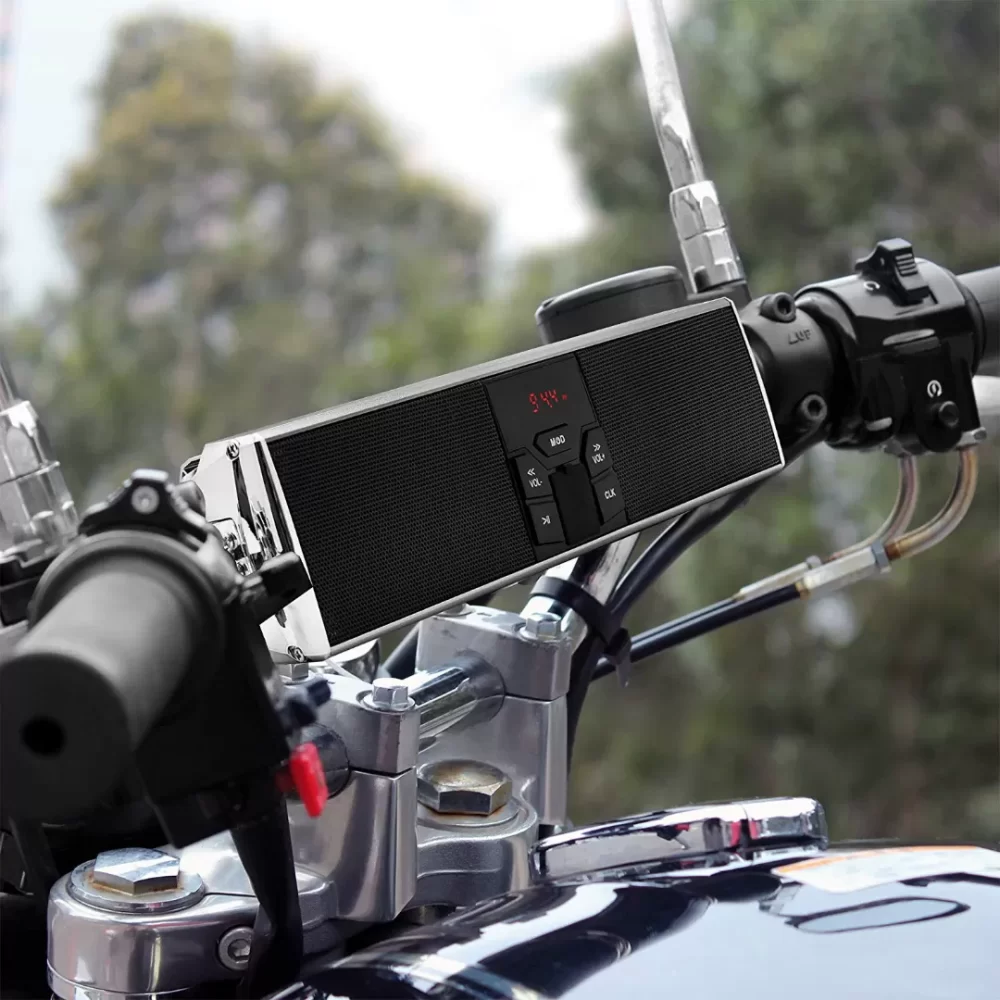 Essential Accessories for the Ultimate Music Experience on the Road
Essential Accessories for the Ultimate Music Experience on the Road
Enhancing your motorcycle music experience involves more than just a playlist. It’s about equipping your ride with the right accessories. These tools make every tune resonate perfectly as you ride. Let’s explore essential accessories that elevate your on-road music experience.
The Best Motorcycle Helmet Speakers
Choosing the best helmet speakers is crucial for clear, quality sound. Look for options with Bluetooth connectivity for wire-free convenience. Ensure they have good battery life and are easy to install inside most helmets. Quality speakers provide crisp audio even amidst the noise of the road and wind.
Durable and Weatherproof Motorcycle Audio Systems
For overall sound on your bike, invest in a robust motorcycle audio system. Features to consider include weatherproof capabilities and UV resistance—important for long rides under various conditions. Systems with handlebar controls enhance safety, allowing for easy adjustments while riding. High-quality systems deliver consistent, powerful sound, making your journey musically rich and enjoyable.

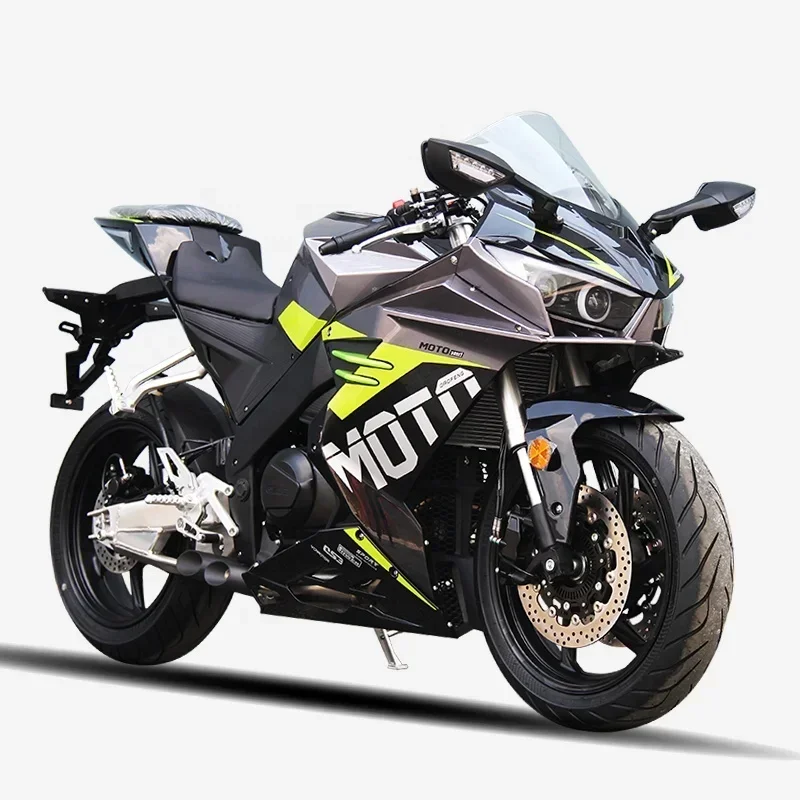
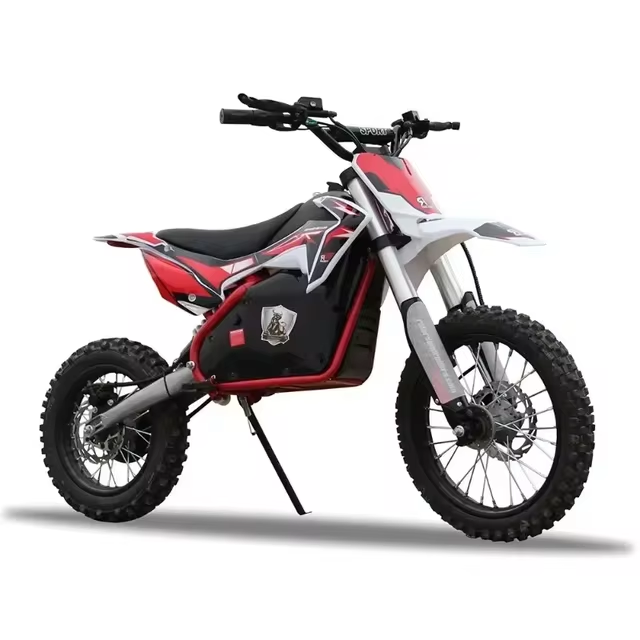 The Role of Weather in Omaha Motorcycle Safety
The Role of Weather in Omaha Motorcycle Safety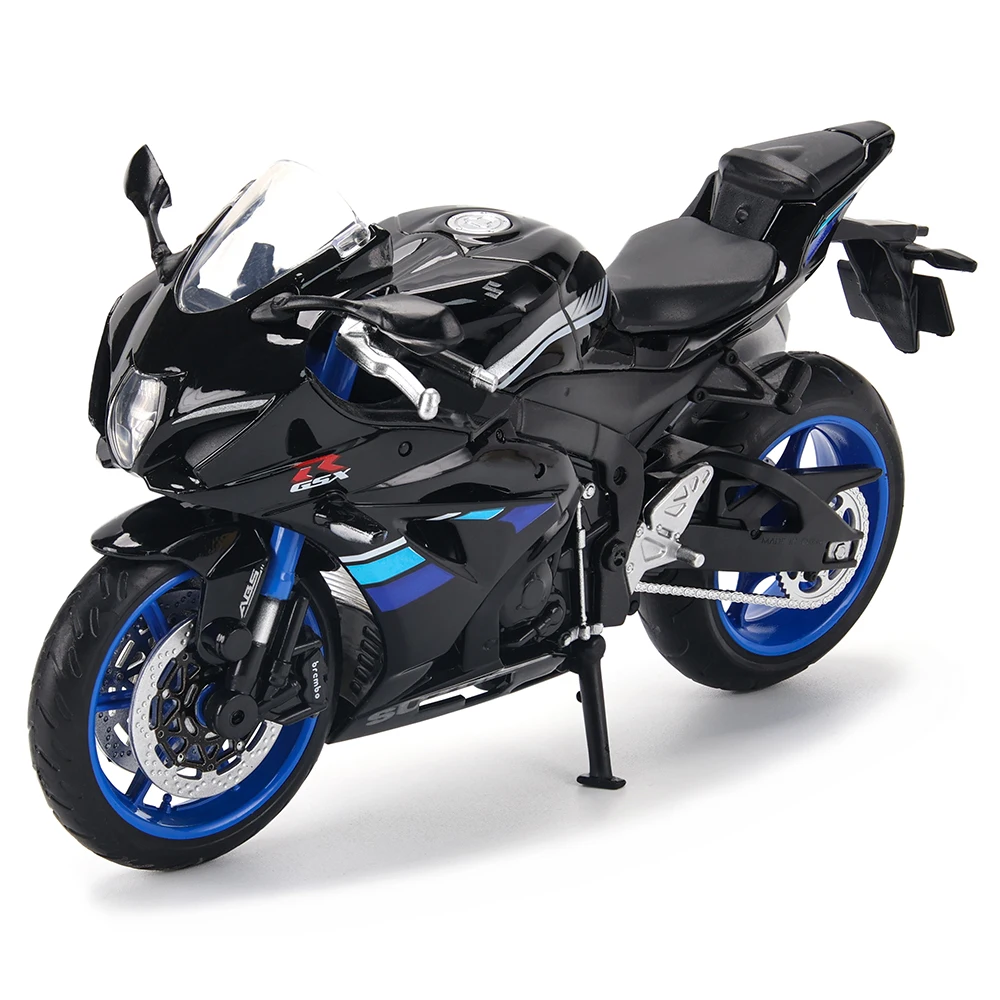 Resources and Training for Omaha Motorcyclists
Resources and Training for Omaha Motorcyclists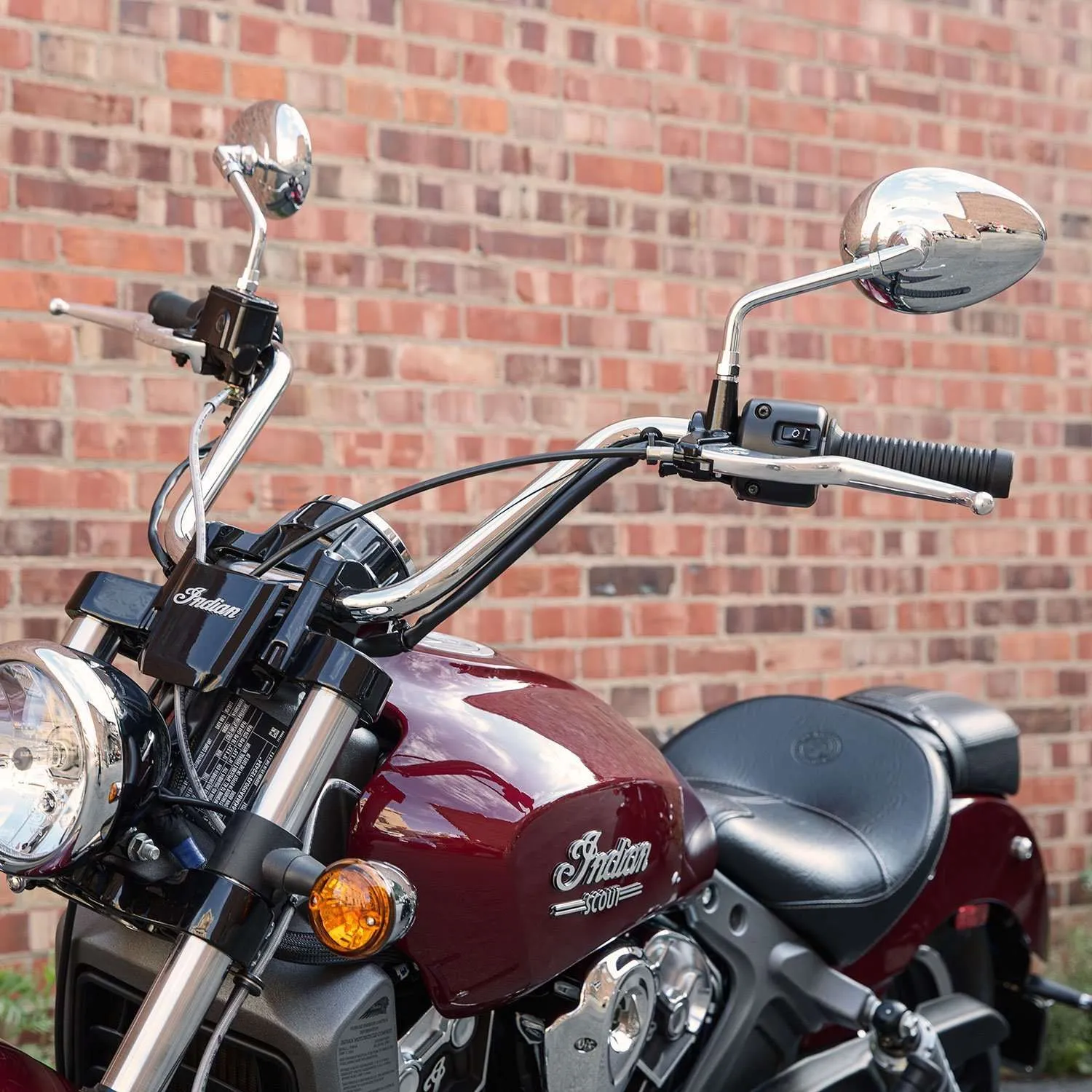
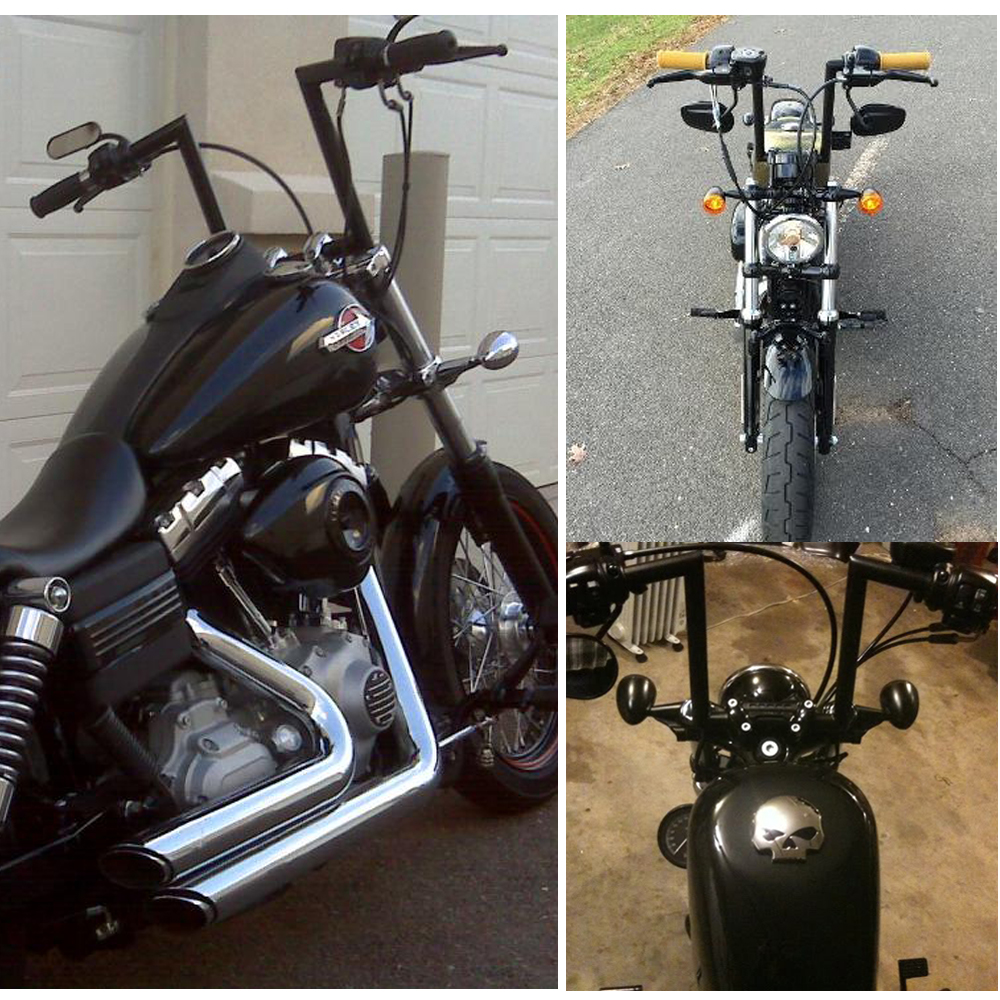 Custom-Made Motorcycles and Handlebar Modifications
Custom-Made Motorcycles and Handlebar Modifications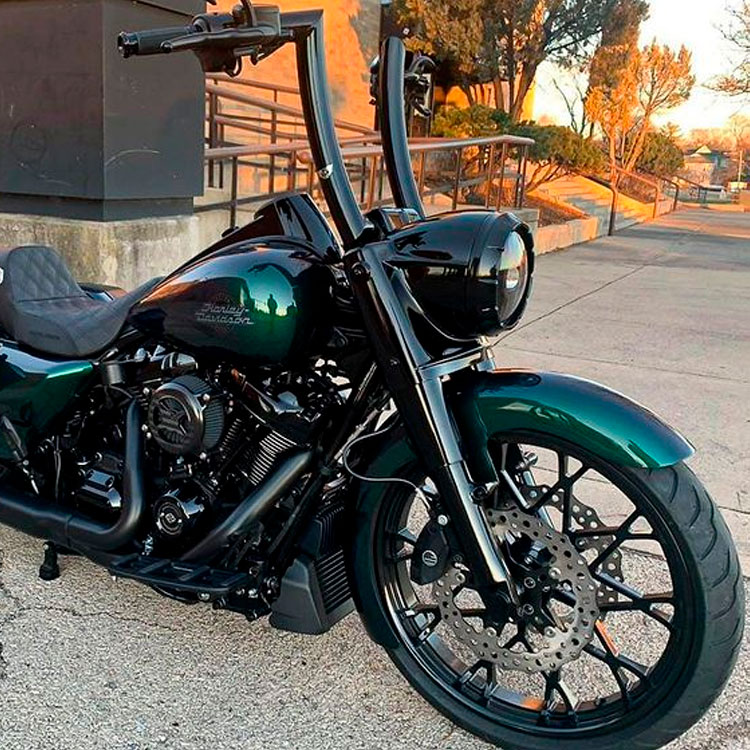 FAQs on Motorcycle Handlebars
FAQs on Motorcycle Handlebars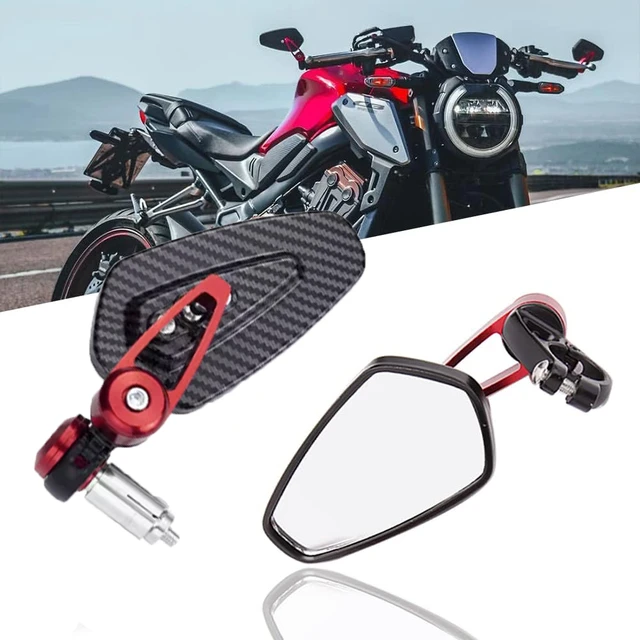
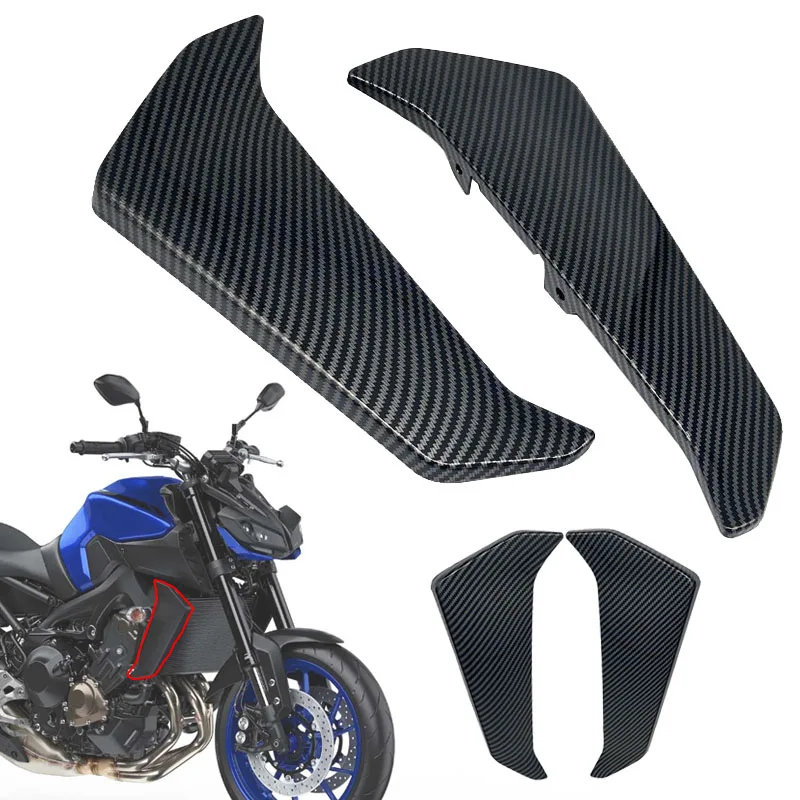
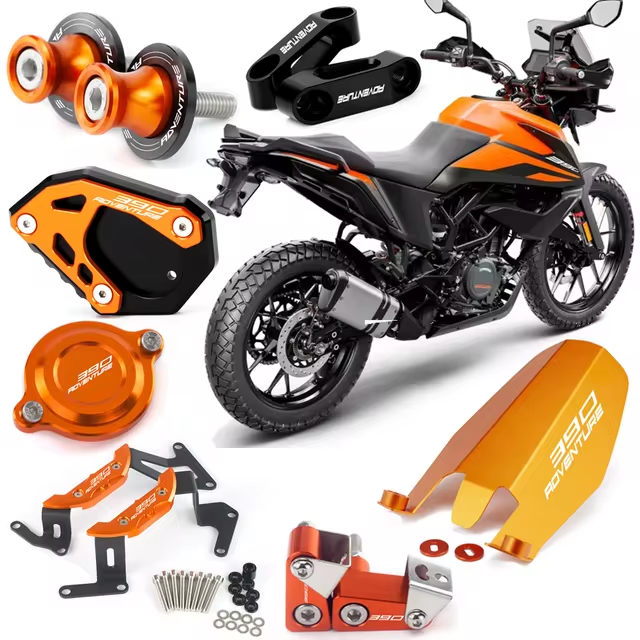 Convenient Storage Solutions: Tank Bags and Beyond
Convenient Storage Solutions: Tank Bags and Beyond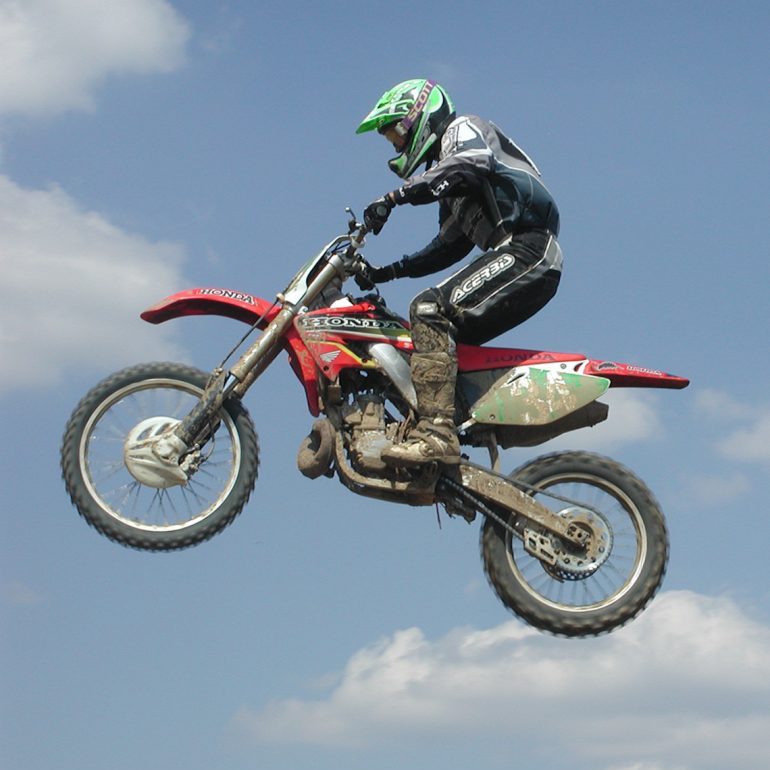
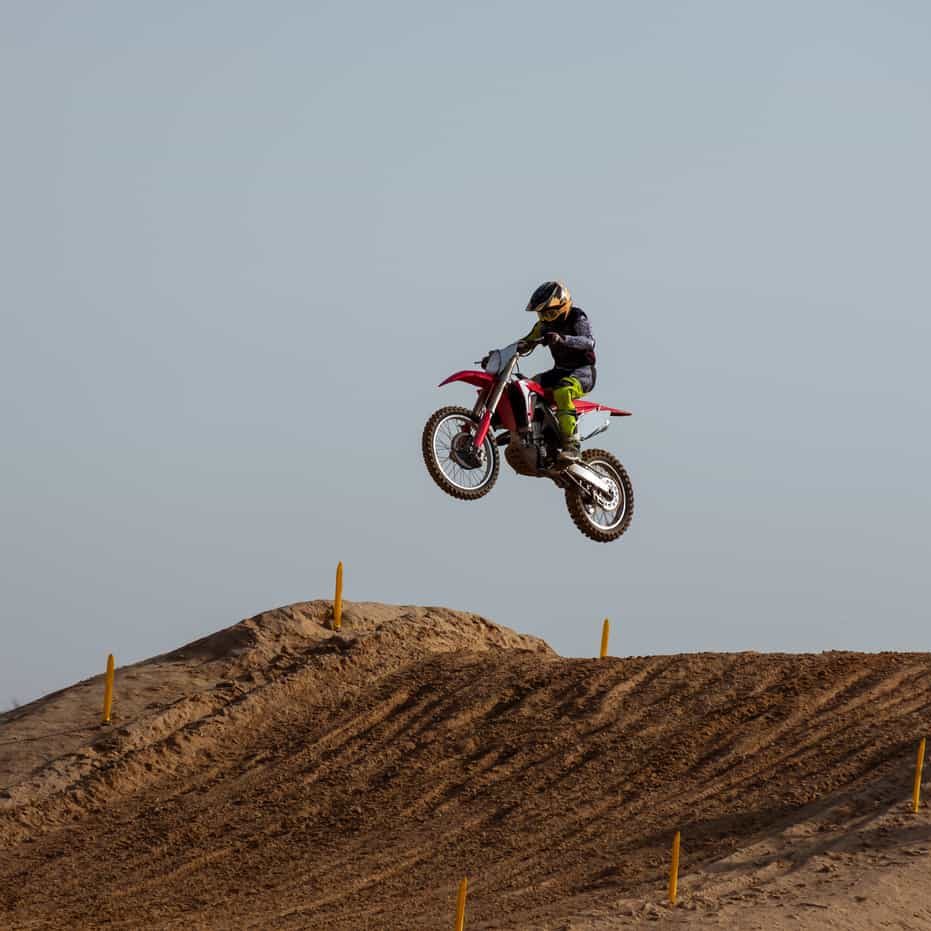 Notable Motorcycle Jump Records and Evolution
Notable Motorcycle Jump Records and Evolution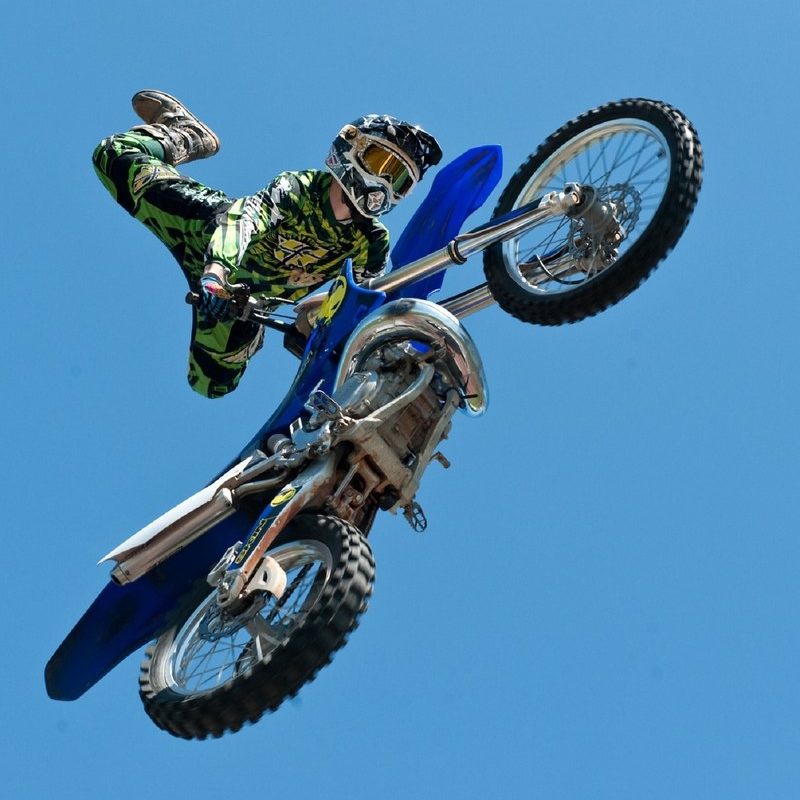 The Future of Motorcycle Jumping
The Future of Motorcycle Jumping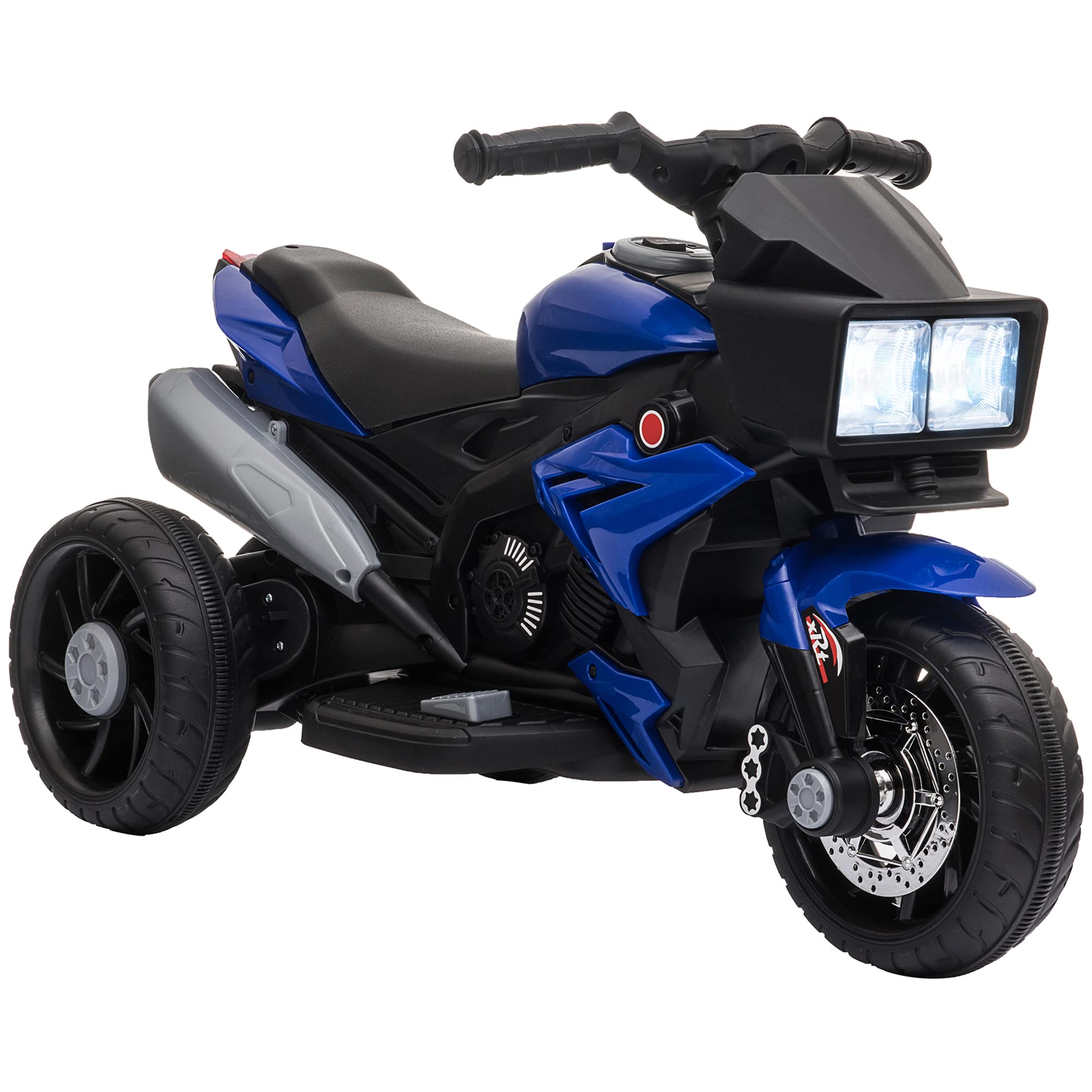
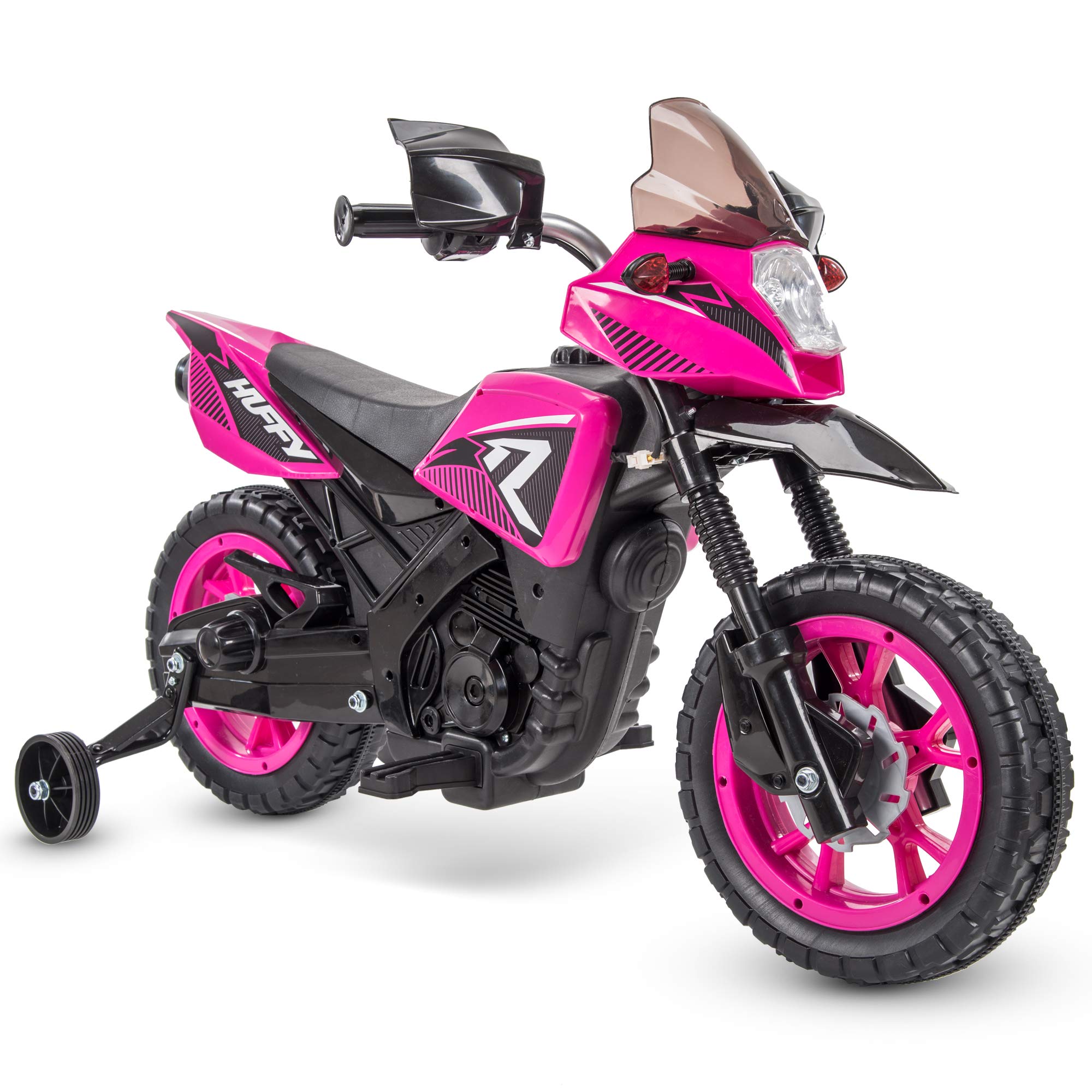 Documentation Required for Motorcycle Endorsement Application
Documentation Required for Motorcycle Endorsement Application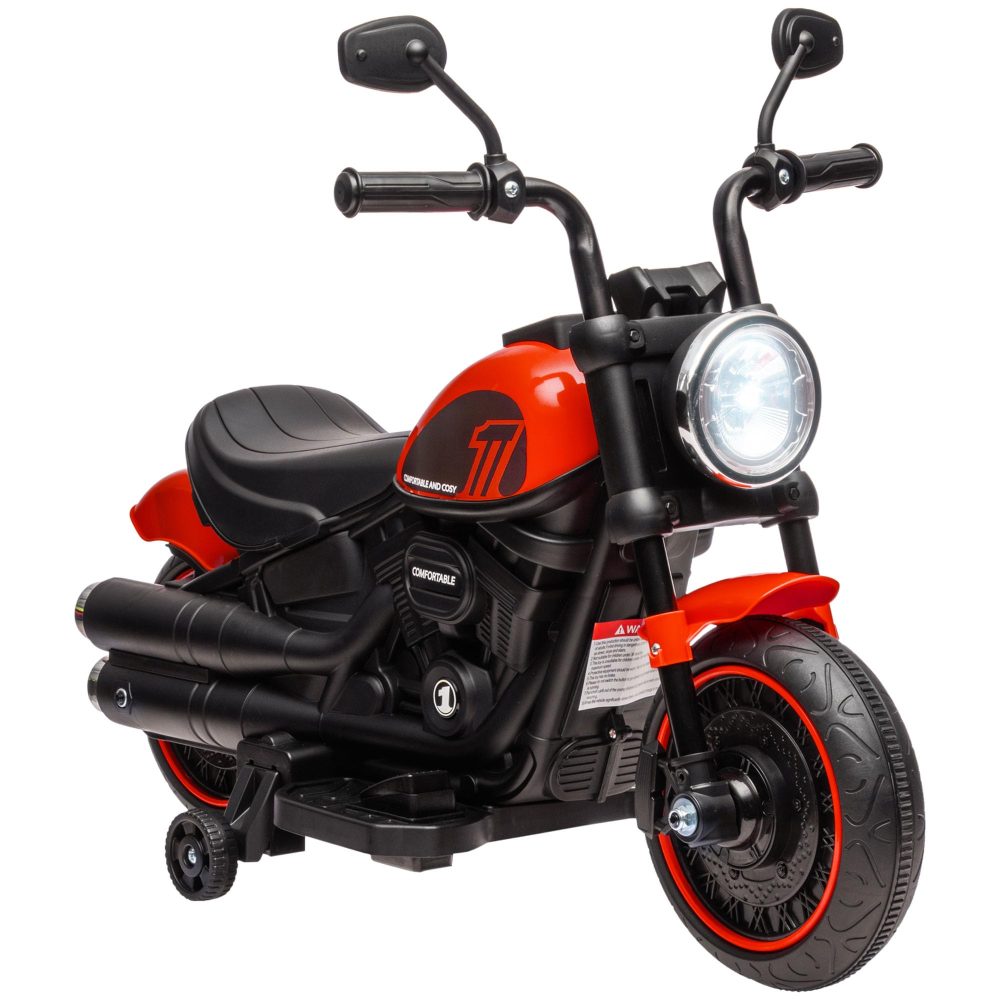 Additional Endorsements and Motorcycle Operation Laws in NC
Additional Endorsements and Motorcycle Operation Laws in NC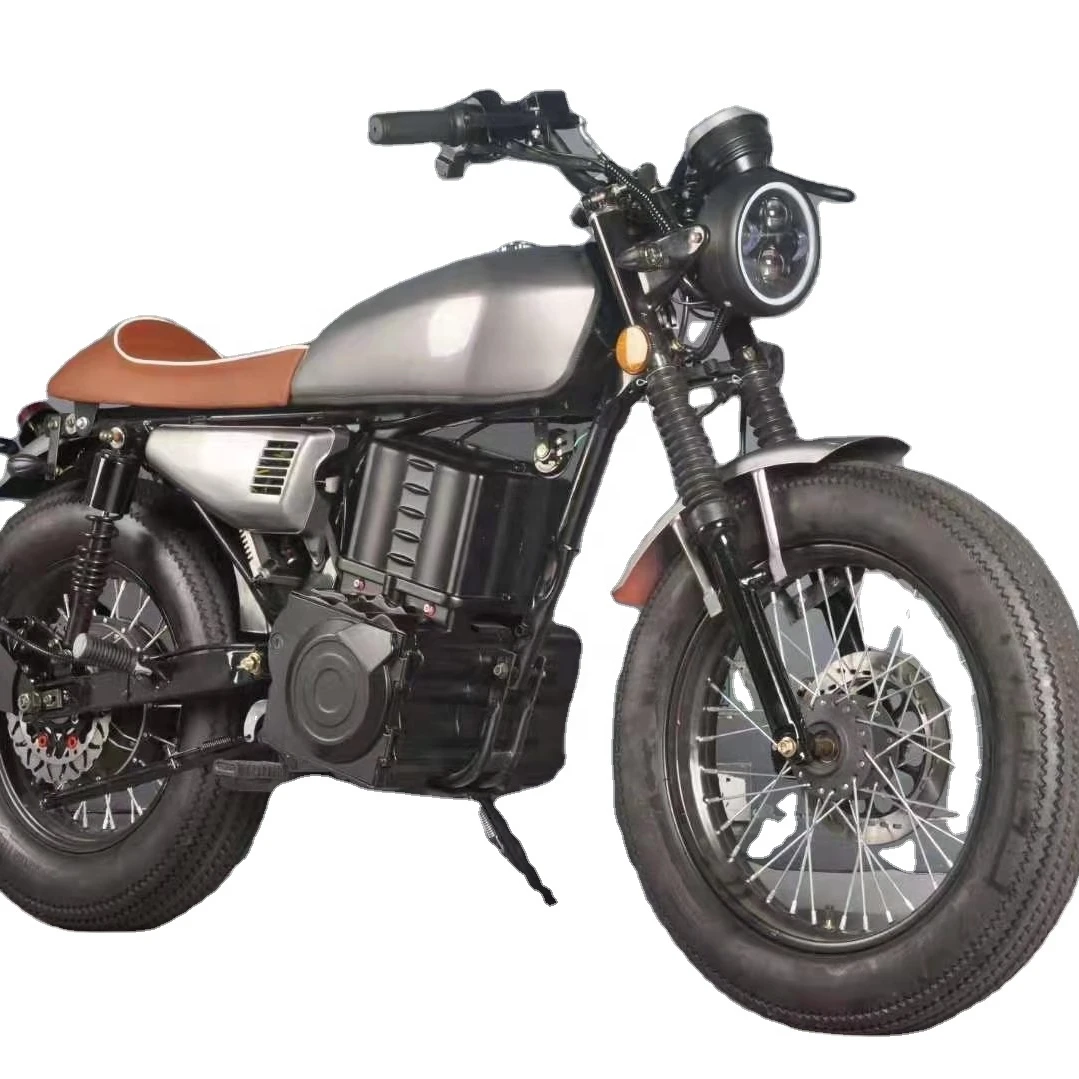
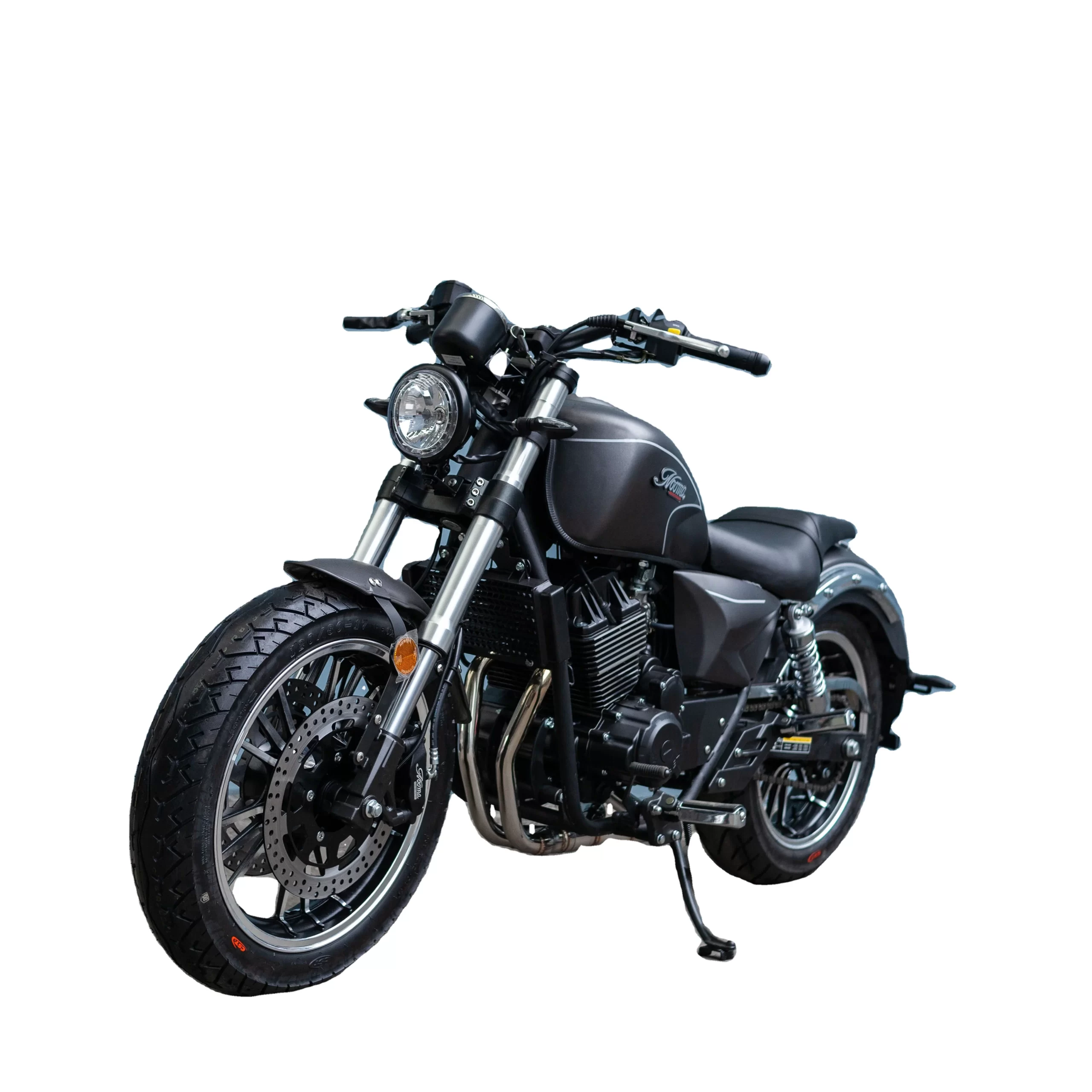 Overview of Comprehensive Motorcycle Insurance Benefits
Overview of Comprehensive Motorcycle Insurance Benefits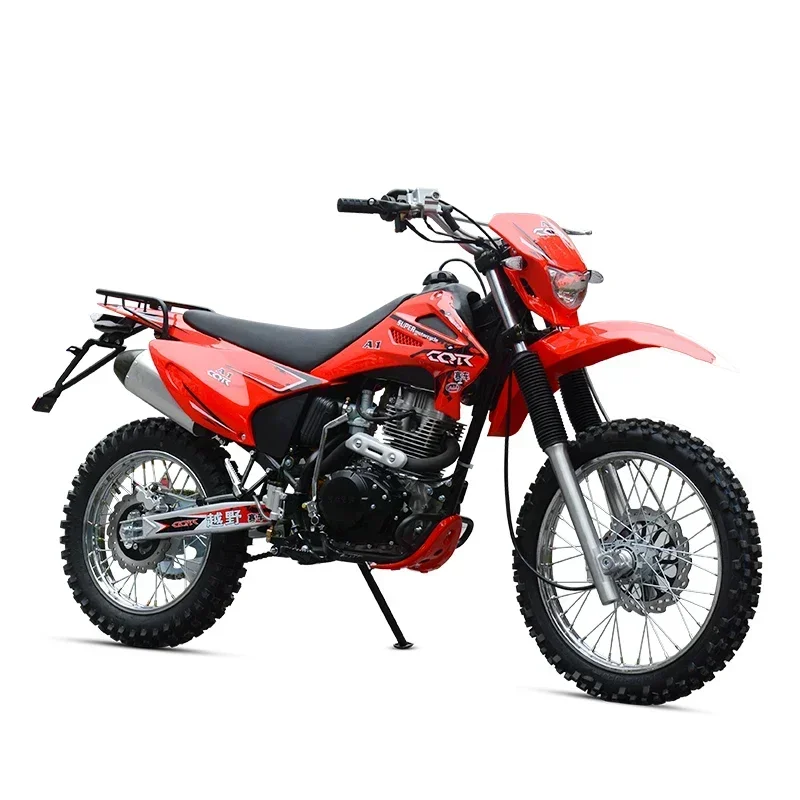 Final Thoughts on Selecting the Right Motorcycle Insurance
Final Thoughts on Selecting the Right Motorcycle Insurance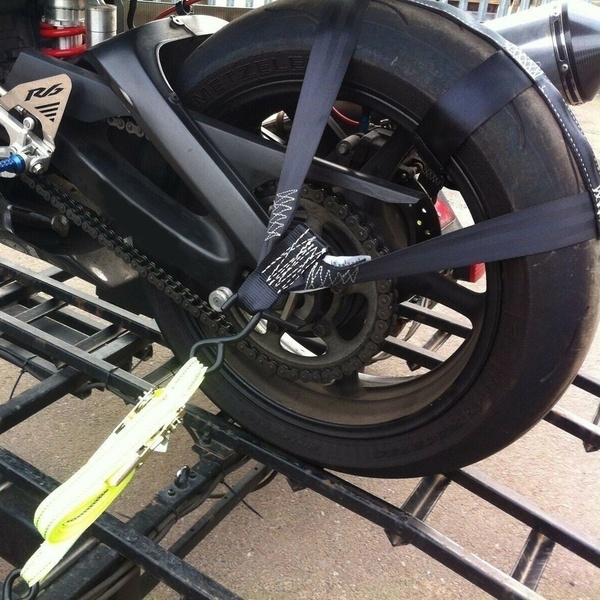
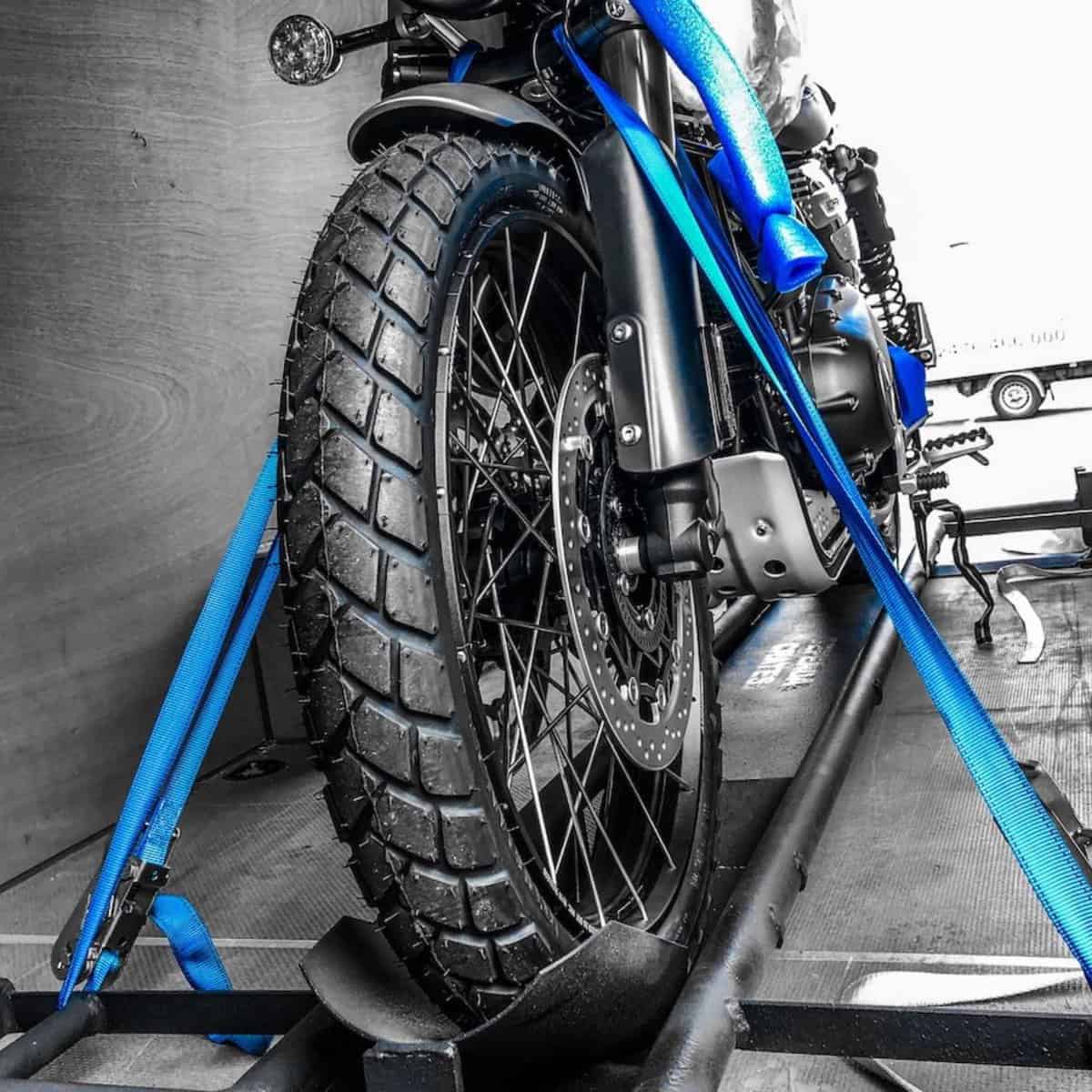 Insurance and Liability Coverage for Your Motorcycle
Insurance and Liability Coverage for Your Motorcycle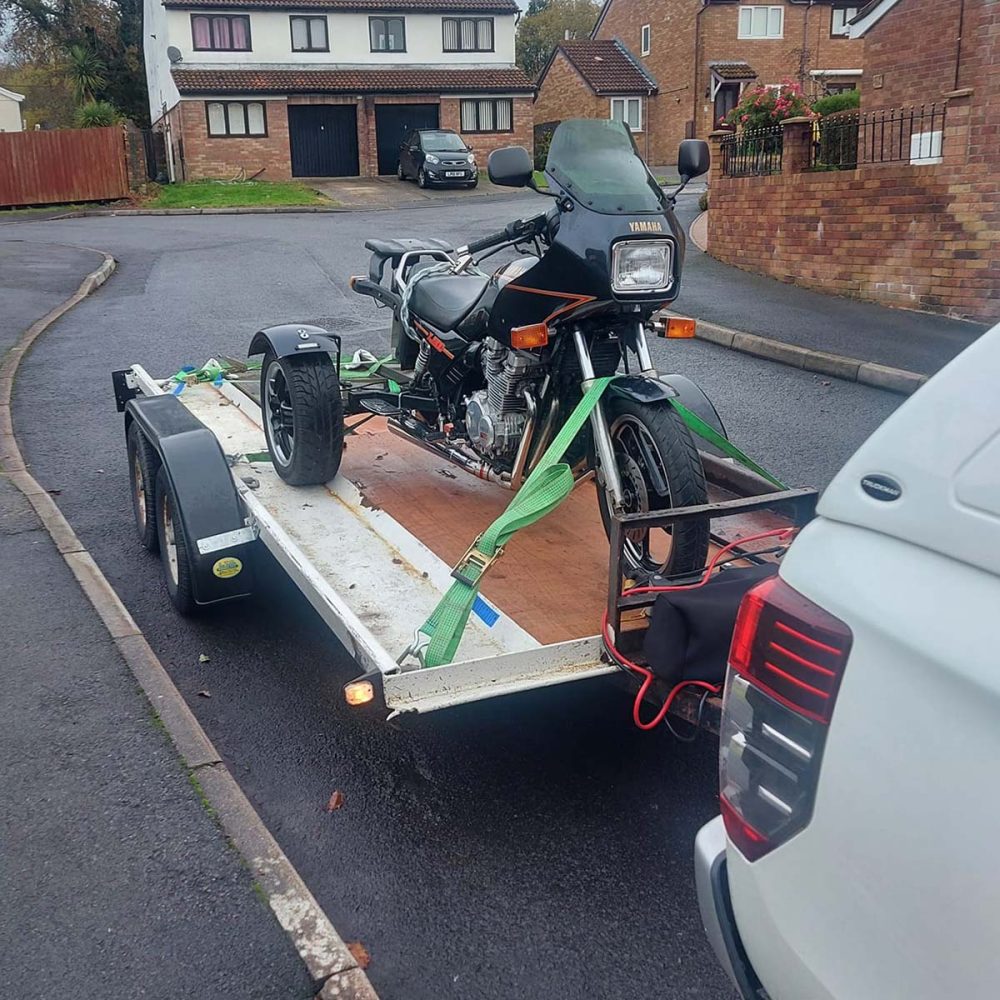 Tips for International Motorcycle Shipping
Tips for International Motorcycle Shipping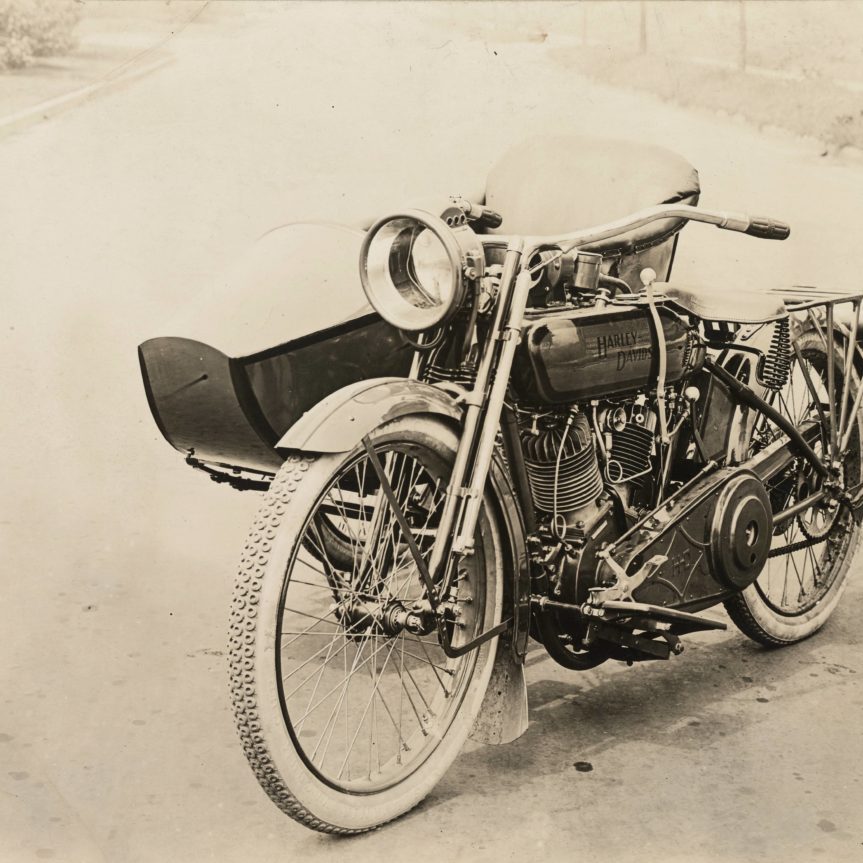
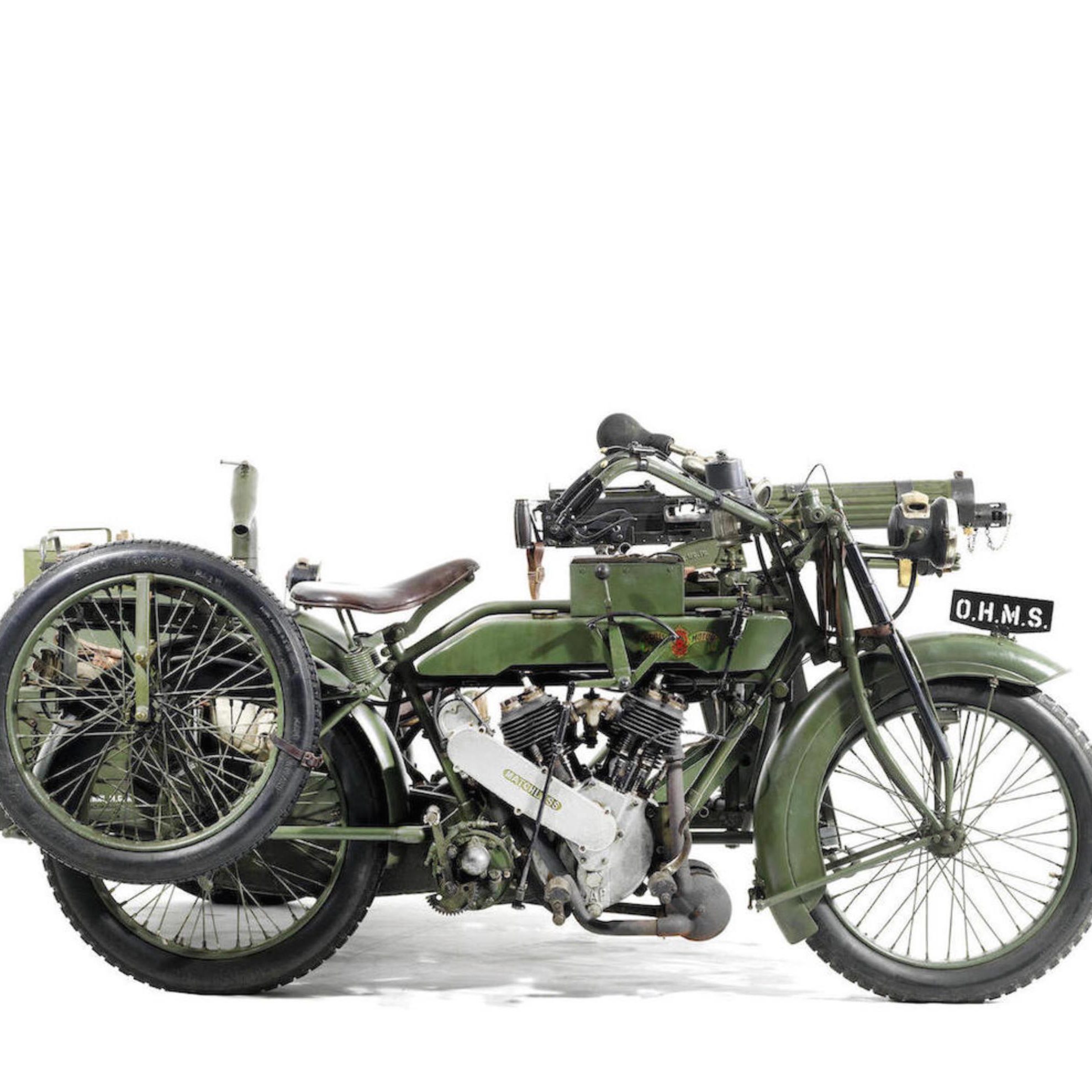 The Great War’s Impact on Motorcycle Manufacturing
The Great War’s Impact on Motorcycle Manufacturing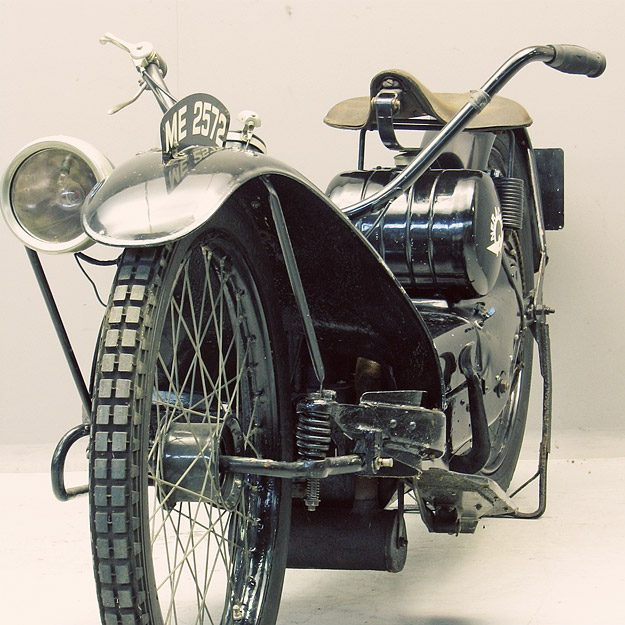 Preserving History: Parts and Restoration for Vintage Military Motorcycles
Preserving History: Parts and Restoration for Vintage Military Motorcycles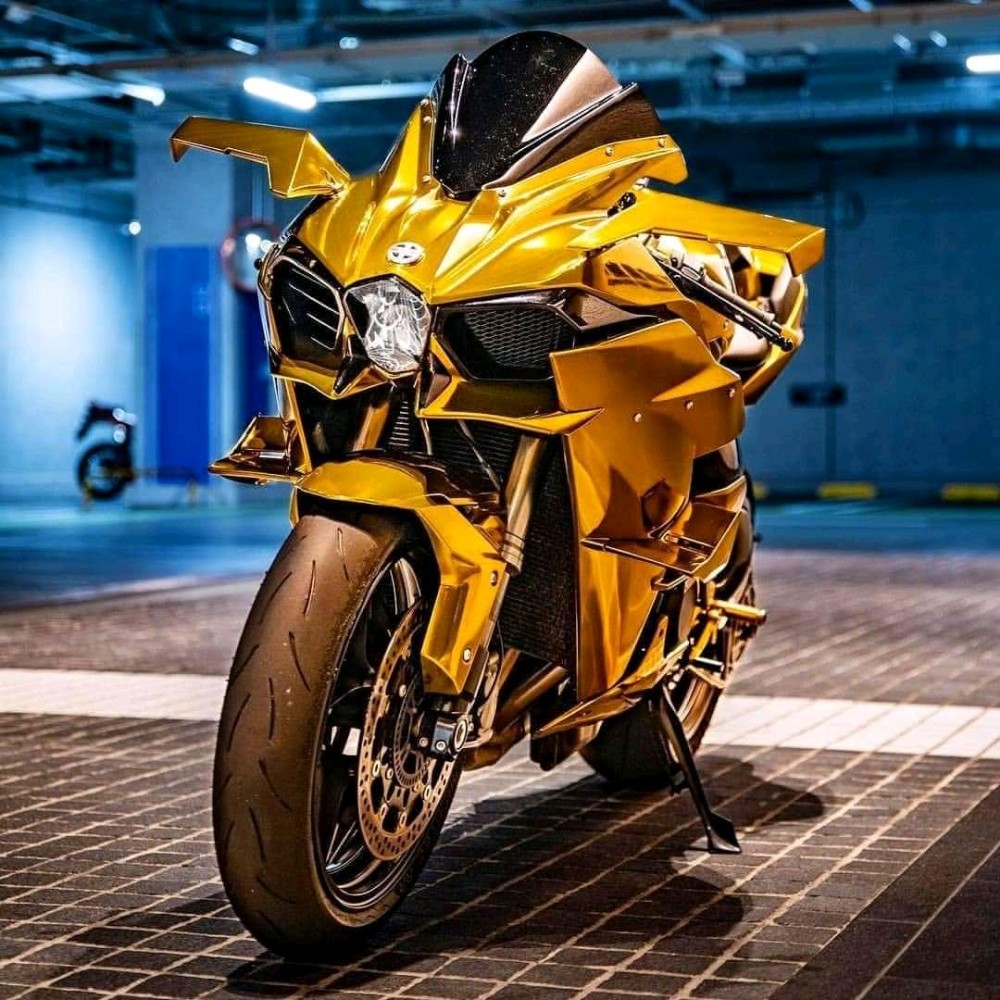
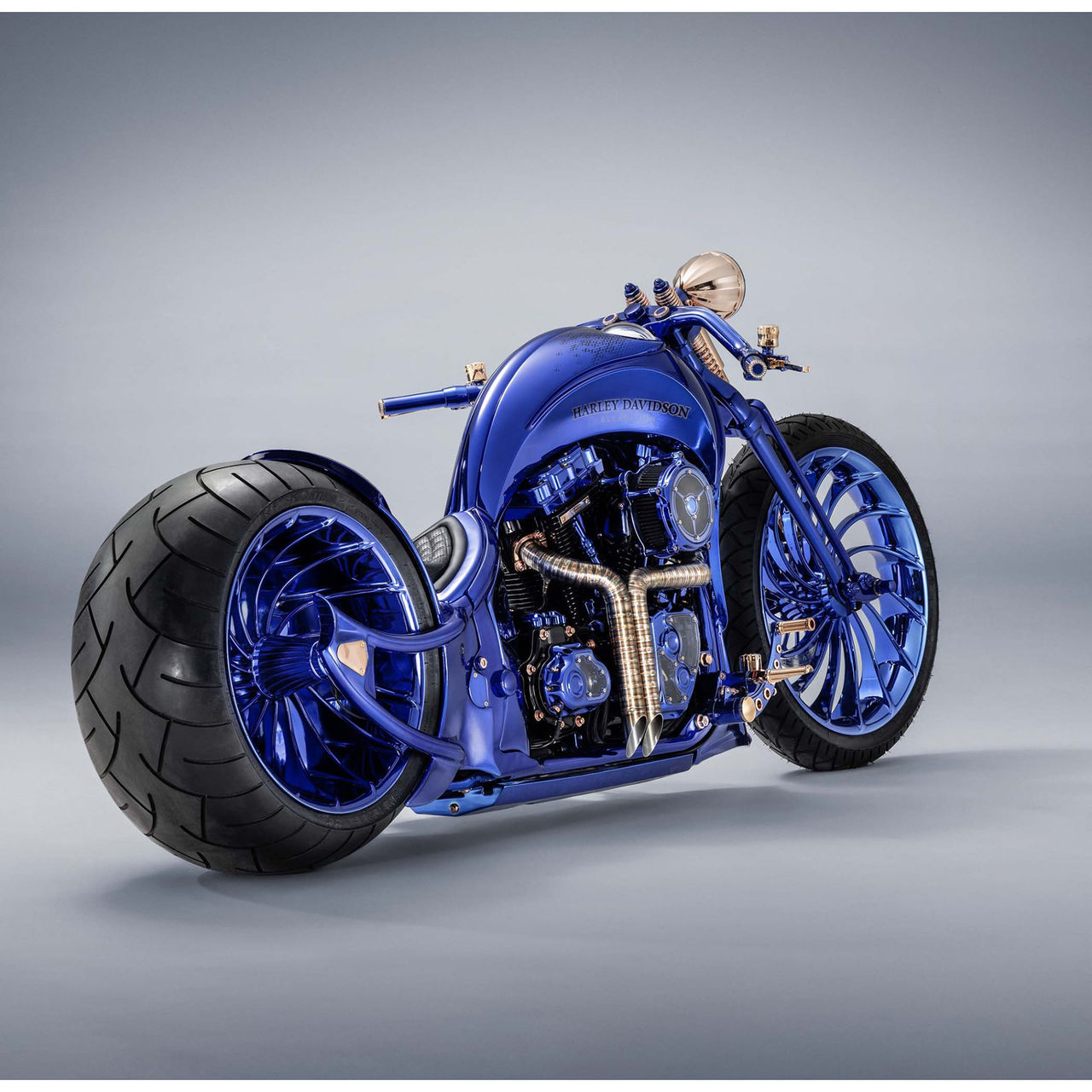 Speed Demons: Kawasaki Ninja H2R and Ducati Panigale Dominance
Speed Demons: Kawasaki Ninja H2R and Ducati Panigale Dominance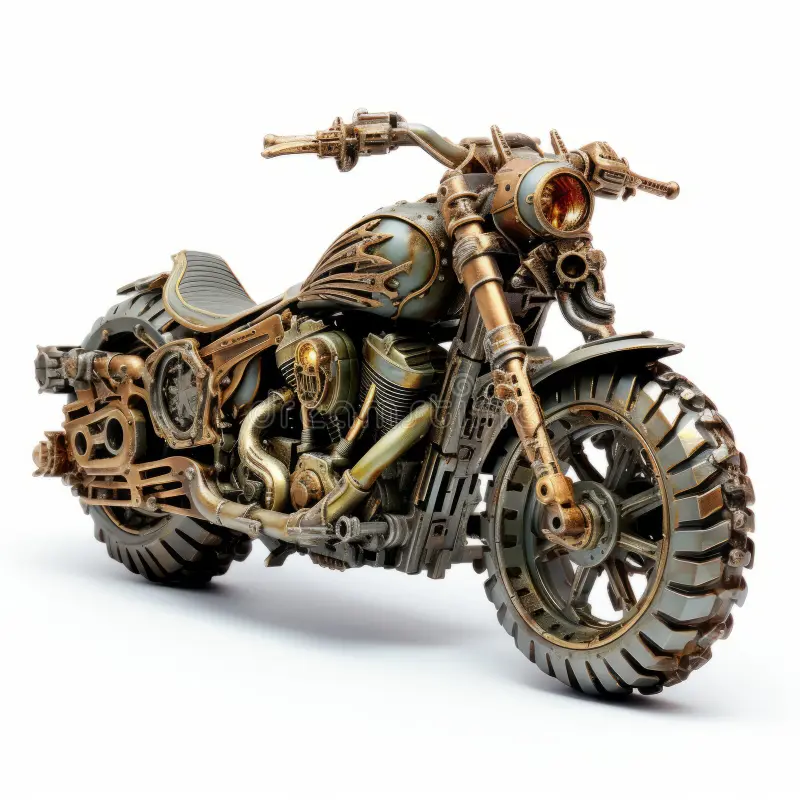 Conclusion: The Allure of High-End Motorcycling
Conclusion: The Allure of High-End Motorcycling